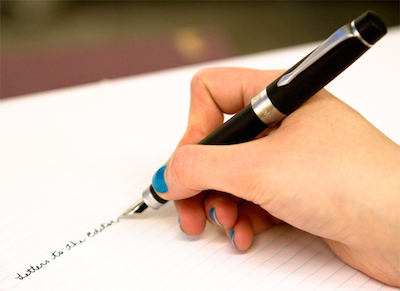Last week, the chief of Manitoba’s Pimicikamak Cree Nation declared a state of emergency. With six suicides since December and numerous other unsuccessful suicide attempts, 170 high school students have been placed on suicide watch and the entire community has been devastated.
Following Pimicikamak’s declaration, politician Bob Rae tweeted: “If there were 200 kids on suicide watch in Rosedale something dramatic and effective would be done about it.”
Rae is right—if this was happening in Rosedale (one of Toronto’s most affluent neighbourhoods), something would be done about it immediately. But if this was Rosedale, the mental health crisis never would have become so bad in the first place. People would have started listening a lot sooner.
Over the years, awareness around mental health issues has been on the rise. From corporate national campaigns such as Bell Let’s Talk to small-scale campus events such as free yoga, it seems as though more people are beginning to respect and care for mental health issues than ever before. Yet somehow, the conversations surrounding mental health don’t include Aboriginal communities.
According to Health Canada, First Nations youth commit suicide approximately five to six times more often than non-Aboriginal youth.
This isn’t the first time a state of emergency has been declared by an Aboriginal community due to high mental health risks. In January, chiefs from the Nishnawbe Aski Nation of northern Ontario called for an emergency response to the high suicide rates amongst their community after the deaths of children as young as 10. It’s hard to reconcile the fact that in the same month Canadians raised over six million dollars by tweeting out hashtags, the Nishnawbe Aski Nation struggled to find sufficient funds to hire mental health workers and crisis coordinators for their community.
In several news articles, community members have said the reasons for the high suicide rates among these young people are their lack of opportunities, along with issues such as poor housing, alcoholism, and unemployment.
Most Canadians are at least vaguely aware of the mistreatment Aboriginal people have faced and continue to face across the country. In this year alone, we’ve seen Prime Minister Justin Trudeau promise to end boil water advisories on reserves, and the launch of an inquiry into missing and murdered Indigenous women. While both of these are necessary initiatives, the fact that they’ve taken this long to to be introduced is heartbreaking.
Advocating for greater mental health awareness while turning a blind eye to the state of communities such as Pimicikamak is simply the most recent example of Canada’s Aboriginal people being shown their lives matter less. Schools, governments, and families are now talking about mental health awareness with more frequency, and that’s really important. But when talking about mental health for all Canadians, this has to include Aboriginal Canadians too.
Pimicikamak’s declaration of emergency came just one day before the official launch of Sick Not Weak, a not-for-profit with the aim of keeping the conversation on mental health going beyond Bell Let’s Talk day.
Defying the limitations of mental health shouldn’t just be about keeping the conversation going beyond a day. Canadians also have an obligation to keep the conversation going beyond the boundaries of their own communities, and to pay more attention to those who have even less resources to take care of their mental health than the rest of us.






